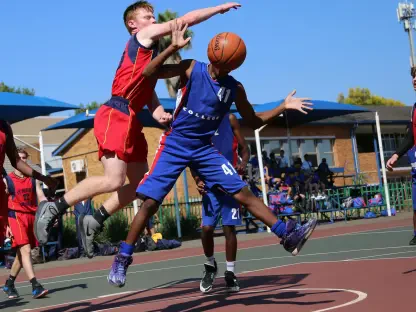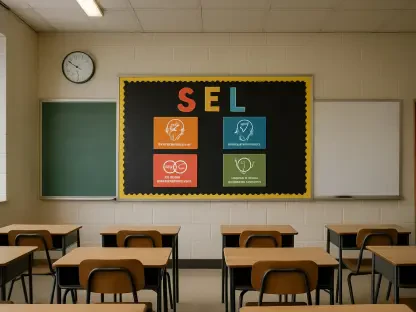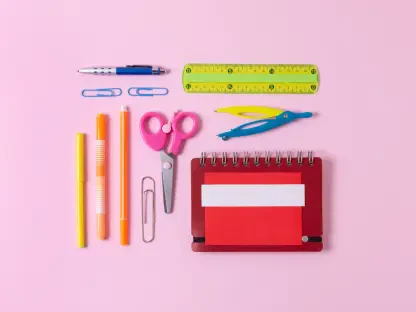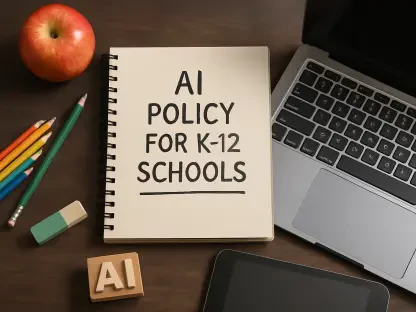You may think that game-based learning involves kids sitting in a classroom playing video games the whole day. But, in fact, nothing could be further from the truth. This concept, which has gained quite some momentum over time, is an interactive experience that encourages children to think outside the box and visualize complex topics in a way that makes it much easier to digest. Just think how fun it would be to learn math by running a virtual grocery store, or picking up oodles of history facts by conquering make-believe kingdoms.
The fact of the matter is that the way we are learning is changing, and fast. Forget the times when you had to spend hours in class listening to a two-hour monologue on the Civil War. Now, you get to learn by actually doing things yourself instead of just memorizing cold hard facts, which makes things much more interesting.
Think about it; you could learn the lyrics to a good song in no time. That’s because you’re interested, and the jingle gets stuck in your head because it’s catchy and pleasing to hear. It works the same way with game-based learning — by seeing the facts represented in all sorts of different ways, it’s much easier to understand and remember. That said, in this article, we’ll break this topic down into the why’s and how’s, so you can get behind the gist of a learning movement that’s radically changing the way kids of today receive their education.
The Benefits of Game-Based Learning
The mere concept of game-based learning already entices the younger minds. And if we’re all being honest, wouldn’t you rather solve math problems by cracking codes like a spy instead of practicing simple equations? Games are what keep children engaged. Because when you’re having fun, you keep going, even when the going gets tough.
Developing Critical Thinking and Problem-Solving Skills
One of the most significant benefits of game-based learning is the fact that it keeps your brain active — it’s like a mental workout, to be honest. That’s because when you’re solving problems to get to the answer and reasoning your way through the work, you’re training yourself to think critically and developing your brain’s problem-solving skills. And you’re having fun while doing it! It’s a win-win situation.
These games also make your brain stronger so that you can take in larger amounts of information at a time and still remember everything. It’s almost like when you’re moving up in levels in a game, your brain’s also leveling up in pure memory muscle.
Fostering Teamwork and Social Skills
Social skills are some of the most critical areas of a child’s development. If you think about it, we use social skills pretty much most of the day, every day of our lives. Whether it be at work or even with friends and family, social skills are what foster relationships, build trust, and articulate your ideas and thinking process. And without them, life gets reasonably harder.
Game-based learning comes in and exercises social skills in every child. By encouraging classmates to work together in teams to solve a puzzle, crack a code, or find a missing link, children learn to work together and collaborate in a way that will help them for the rest of their lives. Pupils also learn to listen to each other, whether it be ideas or reasoning, and to see each other’s points of view — that’s empathy developing right there!
How to Implement Game-Based Learning in a Classroom Setting
So now that we have the fundamentals of this learning method down, let’s get to what you actually need in order to implement this idea into a classroom. There are about a million games you can play with kids that they’re sure to enjoy, but for them to qualify as an actual lesson, there are a few boxes to check. First, you need to put a clear goal in place. For example, if you’re giving them a game where they race cars, the goal shouldn’t be to race and see who crosses the finish line first. Perhaps they could all have the same cars, and they need to solve math problems in order for their car to go faster.
Another thing to keep in mind is that the game should be super engaging. In other words, it must be so fun that they don’t even realize they’re learning. Lastly, it needs to tie in with what they’re already handling in class, so if the week’s lesson is all about the Industrial Revolution, then that topic needs to be incorporated into every game for those few days.
Finding the Right Balance Between Work and Play
You may think that this sounds like fun and games, so where does the educational aspect fit into all this? The key is to find the right balance, and how to maintain it is up to you as the teacher to decide. You may find that starting the lesson off with a few basic facts to lay the foundation and then throwing a game in afterward to test their listening and comprehension skills, work best. Or maybe you opt for using the game to lay down the facts. Like setting up a treasure hunt, and each clue is a math problem or a historical fact that leads to the next clue. The choice is yours, and the options are endless, but there should definitely be a balance between the games and the actual information being provided through them.
Drawbacks to Game-Based Learning
Even though the whole concept around game-based learning seems like a genius invention, not everyone has entirely jumped on board turning a classroom into a game room. Some parents and teachers have speculated that it could draw the kids away from concentrating on the actual work. They also worry that it can alter the children’s attention spans so that they can’t focus on anything if there isn’t a game involved. However, the studies around this learning method are clear, and even though parents and teachers may need a bit of convincing, once they see the efficacy of it, they’ll be right on board with the rest of the world.
Addressing the Digital Divide
One obstacle that’s impossible to avoid is the accessibility issues surrounding using tech-based games in the classroom. Even though some kids may have the best gadgets at home, that’s not the case everywhere. However, there are ways around this challenge. If the school in question has already started implementing more tech in the classroom, further initiatives can be taken to ensure every child has access to these resources to accommodate game-based learning. Or, if that isn’t an immediate solution, there are a multitude of games that don’t need fancy devices but that can still pack a punch fun-wise and drive a topic home.
Preparing Educators for Game-Based Learning
Using games to teach kids sounds like a walk in the park, but in reality, it’s a bit more complicated than that for educators. That’s why it’s essential to set up courses, workshops, or even online training sessions to equip teachers with the right tools and knowledge to be able to provide a fun yet education-rich game-based learning experience. They need to learn how to pick suitable games, how to integrate these games into existing lessons, and how to reach educational targets while doing so.
Collaborations Between Educators and Developers
This is where things start to get fun and exciting. What if teachers and developers could work together more often to create magical and immersive experiences for pupils? That’s like a dream team for learning. On the one hand, teachers know what students need and what the curriculum looks like. On the other hand, developers know how to bring those lessons to life and develop games that test their knowledge on every subject in a way that keeps them coming back for more.
Final Thoughts
It’s hard not to get excited for our kids when thinking about the potential game-based learning has for their education. From the early stages of preschool right through to their senior year, the power of play applies to students of all ages and holds exponential power. This doesn’t just speak to their core subjects but also to other areas of their development that are just as important, such as critical thinking, problem-solving, social skills, and even their imagination.
Game-based learning isn’t an impossible task or monumental idea that takes mountains of resources to implement successfully in classrooms. In fact, the more creative you get with what you have, the more engaging and fun the games will probably turn out to be. It’s all about finding the right games, figuring out how they fit into the grand scheme of the curriculum, and applying them correctly and appropriately.
In the end, we all want to light a fire of curiosity in our kids while preparing them not just for tests, but for life. This is what game-based learning is all about. By giving teachers new tools to make their classrooms more dynamic, inclusive, and just plain fun, who knows what the future holds for these future leaders?









